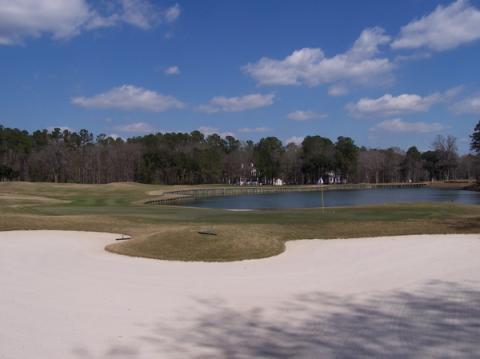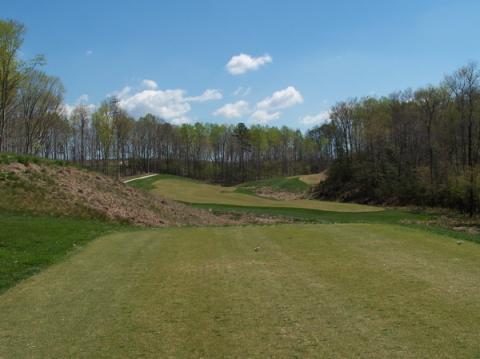Charlotte, NC, was one of only three major metro areas whose home prices increased in 2007, according to the popular S&P/Case-Shiller Index, which reported the latest figures earlier today. At just 2.3% over the span of last year, Charlotte nosed out Portland, OR (1.2%), and Seattle (.5%). However, every one of the 20 markets assessed, including Charlotte, went negative from the third quarter to the fourth quarter in 2007.
Not surprisingly, Miami, at -17.5%, suffered the most severe price drops of all 20 markets in 2007, followed by Las Vegas and Phoenix, both at -15.3%. Prices in the Tampa, FL, market dropped 13.3% during the year.
Charlotte, whose home prices lost a slender .6% over the last two quarters of 2007, has benefited from solid business growth and stable employment. I haven't seen comparable data yet from other Carolina cities, such as Raleigh, Chapel Hill, Wilmington, Greenville (SC) and Myrtle Beach, but I am confident that any price erosion in those areas will not compare to losses in northern cities. For 2007, according to the Case-Shiller study, Boston's prices dropped 3.4%, New York -5.6%, Cleveland -6.3%, Chicago -4.5% and Minneapolis -8%.
The spread between falling prices up north and the more stable, if slightly falling, prices in the south add a sense of urgency for those considering a near-term relocation north to south -- or, especially, from Florida to the Carolinas. Even if prices in markets in the north and south and central Florida rebound, they are not likely to reach the appreciation levels of the Carolinas markets for some years to come.
Those waiting much longer to sell their home up north or in Florida before relocating may be burning the candle at both ends.

























